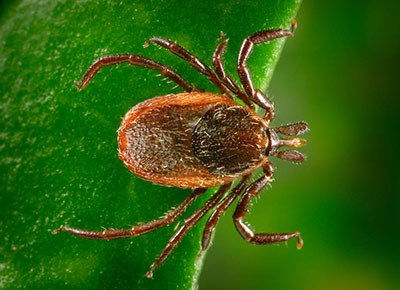Biological Agents
Biological agents include bacteria, viruses, fungi, other microorganisms, and their associated toxins.

They have the ability to adversely affect human health in a variety of ways, ranging from relatively mild allergic reactions to serious medical conditions, even death. These organisms are widespread in the natural environment; they are found in water, soil, plants, and animals. Because many microbes reproduce rapidly and require minimal resources for survival, they are a potential danger in a wide variety of occupational settings.
This page provides a starting point for technical and regulatory information about some of the most virulent and prevalent biological agents.
Anthrax: Anthrax is an acute infectious disease caused by a spore-forming bacterium called Bacillus anthracis. It is generally acquired following contact with anthrax-infected animals or anthrax-contaminated animal products.
Avian Flu: Avian influenza is a highly contagious disease of birds which is currently epidemic amongst poultry in Asia. Despite the uncertainties, poultry experts agree that immediate culling of infected and exposed birds is the first line of defense for both the protection of human health and the reduction of further losses in the agricultural sector.
Bloodborne Pathogens: OSHA estimates that 5.6 million workers in the health care industry and related occupations are at risk of occupational exposure to bloodborne pathogens, including human immunodeficiency virus (HIV), hepatitis B virus (HBV), hepatitis C virus (HCV), and others.
Botulism: Cases of botulism are usually associated with consumption of preserved foods. However, botulinum toxins are currently among the most common compounds explored by terrorists for use as biological weapons.
Coronavirus Influenza: Infection with the novel coronavirus, officially named SARS-CoV-2, which causes the Coronavirus Disease 2019 (COVID-19) can cause illness ranging from mild to severe and, in some cases, can be fatal. Most people experience symptoms such as fever (the most common symptom), dry cough, shortness of breath, and general aches and pains.
Foodborne Disease: Foodborne illnesses are caused by viruses, bacteria, parasites, toxins, metals, and prions (microscopic protein particles). Symptoms range from mild gastroenteritis to life-threatening neurologic, hepatic, and renal syndromes.
Hantavirus: Hantaviruses are transmitted to humans from the dried droppings, urine, or saliva of mice and rats. Animal laboratory workers and persons working in infested buildings are at increased risk to this disease.
Knowledge Check Choose the best answer for the question.
2-2. Which of the following biological agents is usually associated with consumption of preserved foods?
You forgot to answer the question!
